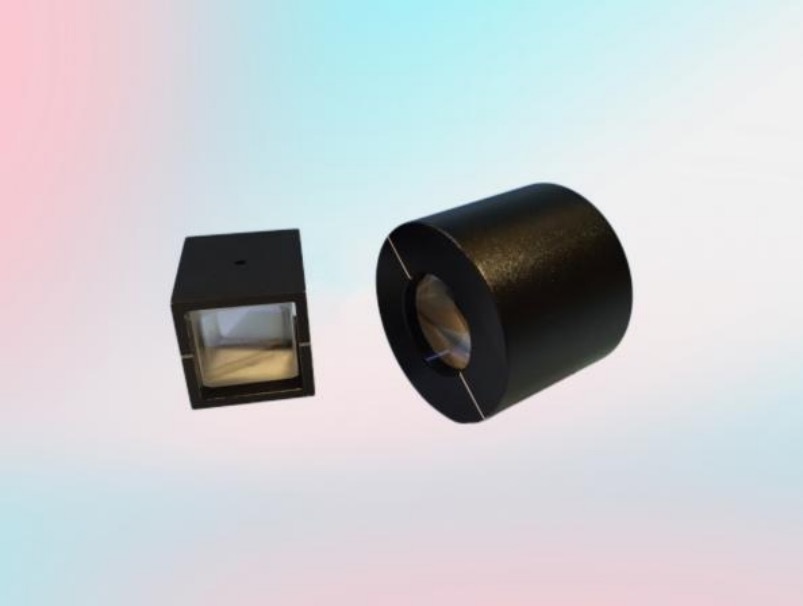Understanding Polarizing Optics: The Key to Enhanced Light Control in Photonic Devices
Release Time:
2025-08-07
outline: Polarizing optics is a specialized field that focuses on the manipulation of light waves through polarization. This process involves filtering light to allow only waves oriented in a specific direction to pass through, effectively reducing glare and improving visibility. The significance of polarizing optics is particularly evident in various industries, including electronics and optoelectronics,
In the context of electronic components, polarizing optics can enhance the performance of sensors, displays, and imaging systems. For instance, in liquid crystal displays (LCDs), polarizers are essential for controlling the light that interacts with the liquid crystals, determining the quality of the images produced. By employing polarizing filters, manufacturers can significantly improve contrast ratios, reduce reflections, and optimize viewing angles, thereby enhancing the overall user experience.
Moreover, polarizing optics plays an influential role in scientific research and medical applications. Instruments such as polarizing microscopes rely on this technology to provide detailed insights into the structure and properties of materials. By using polarizers, researchers can isolate specific light wavelengths, allowing for precise analysis of samples, which is invaluable in fields like materials science, biology, and chemistry.
In addition to improving image quality and device efficiency, polarizing optics also contributes to safety in various industries. For example, anti-glare glasses utilize polarizing filters to reduce harmful reflections from surfaces like water, roads, and glass. This not only enhances visibility but also reduces eye strain for users. Similarly, polarizing technology is employed in automotive displays to mitigate glare, ensuring safer driving conditions.
Furthermore, the integration of polarizing optics into optical communication systems can enhance data transmission rates. By utilizing polarized light in fiber optics, it is possible to increase the amount of information sent over a single fiber, boosting overall system capacity. This advancement is critical as the demand for high-speed data transfer continues to rise.
In conclusion, polarizing optics is a vital component of modern electronic and optoelectronic devices, offering numerous benefits in terms of performance, safety, and data management. As technology continues to evolve, the importance of polarizing optics will only grow, reinforcing its status as an essential area of study and application in the electronics sector. Understanding and leveraging this technology can lead to innovative solutions and advancements in the field, making it a critical consideration for professionals in the industry.
Understanding Polarizing Optics: The Key to Enhanced Light Control in Photonic Devices
outline: Polarizing optics is a specialized field that focuses on the manipulation of light waves through polarization. This process involves filtering light to allow only waves oriented in a specific direction to pass through, effectively reducing glare and improving visibility. The significance of polarizing optics is particularly evident in various industries, including electronics and optoelectronics,
2025-08-07
Crystal Polarizers: Enhancing Precision and Performance in Advanced Optical Systems
outline: Crystal polarizers offer unmatched polarization control across UV to IR, boosting optical precision in lasers, imaging, telecom, and scientific instruments.
2025-08-06
Understanding the Impact of Polarizing Optics in Modern Electronics: A Comprehensive Guide
outline: Understanding the Impact of Polarizing Optics in Modern Electronics Table of Contents 1. Introduction to Polarizing Optics 2. Fundamental Principles of Polarization 3. Types of Polarizing Optics 3.1 Linear Polarizers 3.2 Circular Polarizers 4. Applications of Polarizing Optics in Electronics 4.1 Polarizing Optics in Di
2025-08-04




